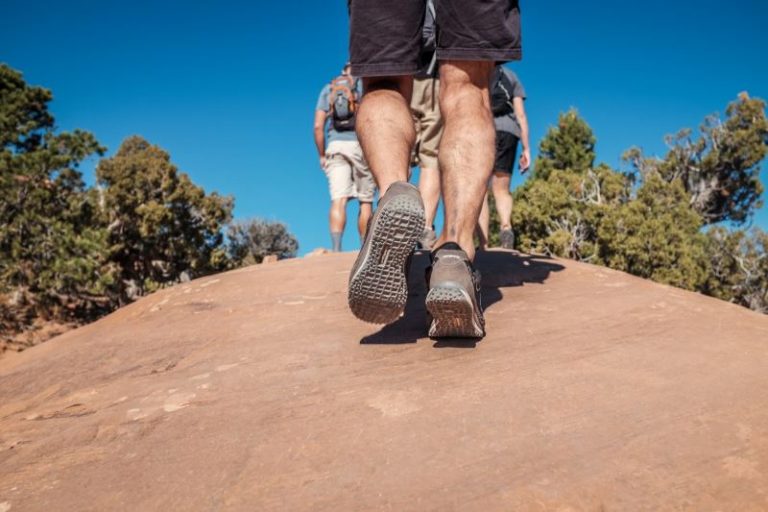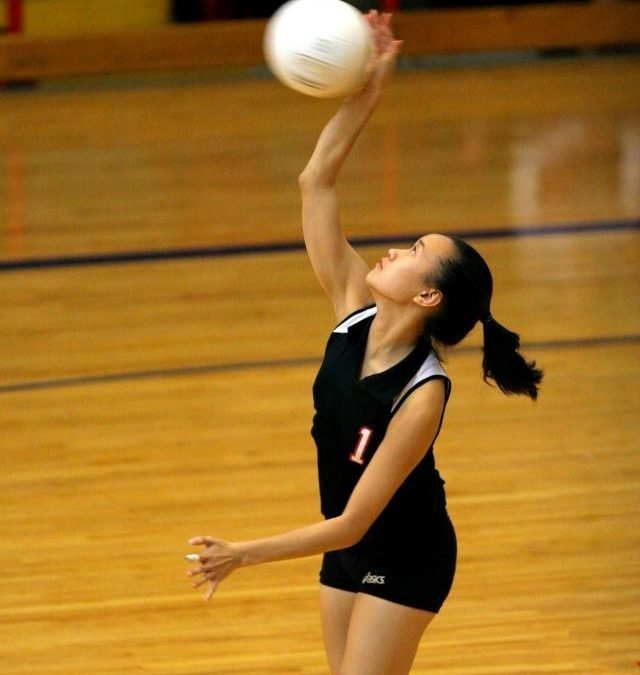Hip Strengthening
Your Hips: The ‘Core’ of the Problem?
I think most of us by now have heard about the importance of strengthening your ‘core’. But did you know that the most important part of your core for preventing hip, knee, and ankle injuries are your hip muscles? Your hip muscles or ‘glutes’ are the largest group of muscles in your lower body and are a part of your core that are often much weaker than they should be.
So what exactly are the hip muscles responsible for? Strong hip muscles keep your spine, pelvis, knees and ankles in alignment. If your glute muscles aren’t strong enough your hips rotate and drop, your knees move inward and your feet flatten (pronation). All of these motions create more strain on the joints, ligaments and tendons of your lower body. This excessive strain often leads to injury and persistent pain. Achilles tendinosis, patellofemoral knee pain, iliotibial band (ITB) syndrome, and piriformis syndrome are all common injuries linked to weak hip muscles. Research is also showing that hip weakness is a major risk factor for non-contact ACL (knee ligament) injuries.
So why do our hip muscles become weak in the first place and what can we do about it? The latest research done by Dr. Powers who is a physiotherapist in Los Angeles, shows that our brains have only a very small area dedicated to controlling the hip muscles. It is unclear why this is the case but it may explain why the majority of us don’t naturally use our hip muscles during activities such as: running, walking and hiking. The good news is that the same research shows that exercise can change the way our brains work.
In the study, patients that took part in specific hip strengthening exercises, actually showed changes in brain function. The areas on the brain controlling the hip muscles became larger after only a week of exercise! This is important because the larger the area of your brain dedicated to a certain muscle group is, the easier it is to ‘turn on’ and strengthen that muscle. Keep in mind though, these strengthening exercises need to be done for a minimum of 3 months in order to get significant strength improvements in the muscle.
So if you suffer from ongoing hip, knee or ankle pain, strengthening your hips may be the key to getting over your injury problems. Visit your local physiotherapist and ask for an assessment on your hip strength. If your muscles are weak your physiotherapist will give you the proper home strengthening exercises to address the weakness. Through these exercises you can change your brain to help change your pain.

Graham Gillies is a registered Physiotherapist at Sun City Physiotherapy Winfield and is a fellow of the Canadian Academy of Manipulative Therapy and a certified Gunn IMS and acupuncture practitioner.



